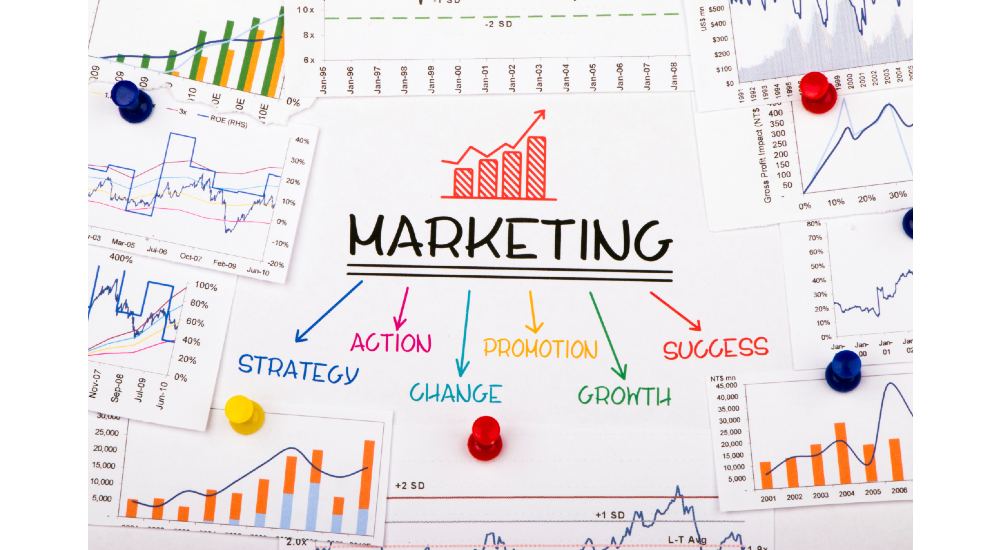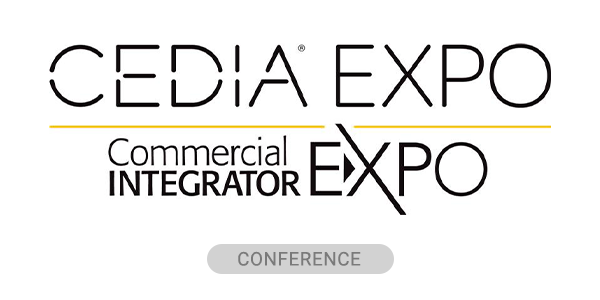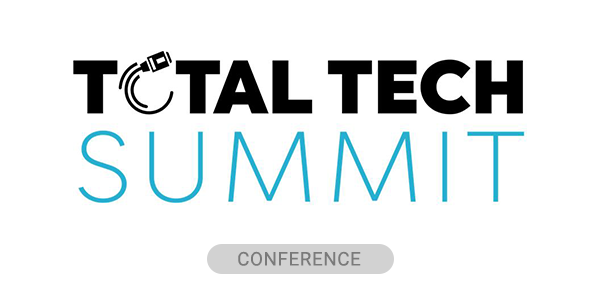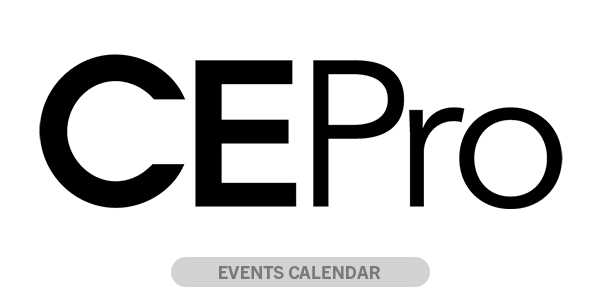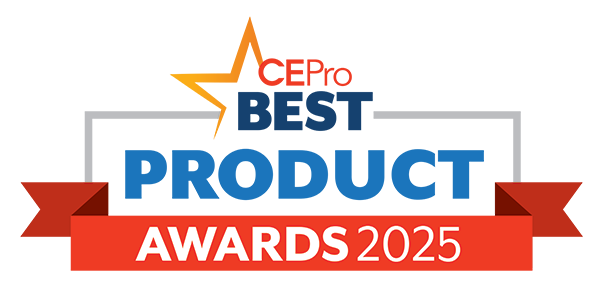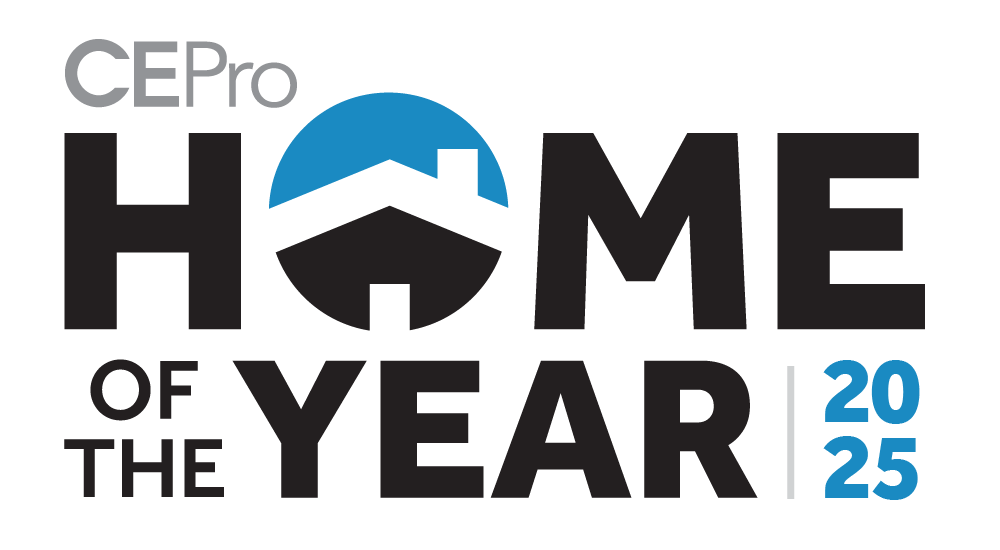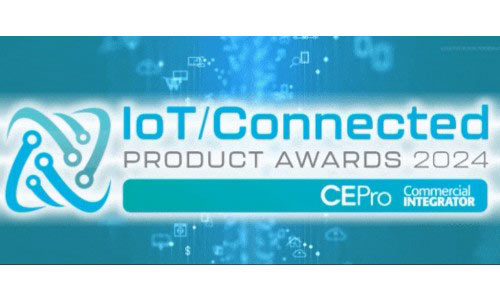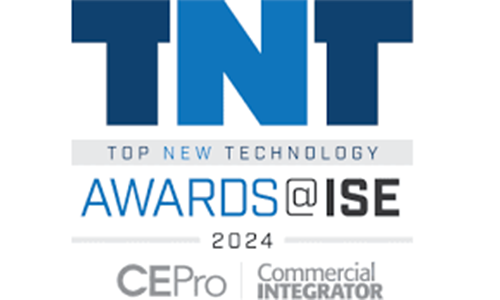Do you ever struggle to identify eye-catching and compelling content while updating your website, creating a sales presentation, or marketing your company, brand or product? If so, you might need a marketing cheat sheet, outlined below.
Throughout my career as a sales and marketing professional, I have worked for various companies in different roles. This experience has fueled my passion for deconstructing the sales process. The fundamental question at the heart of this process is “why?” – why should someone buy your product or solution, listen to your presentation, or work with your company?
I’ve spent decades exploring this topic to become a better salesperson, marketer, and business professional. There are many marketers that I admire and learned from, such as Simon Sinek and Steve Jobs. Sinek once said, “It doesn’t really matter what you have – it matters more why you have it.”
Jobs once stated: “Most people don’t even know what they want until they see it. So sometimes you have to give people what they need, not what they’re asking for.” This is exactly what Jobs did when he disrupted the cellphone market with the invention of the iPhone.
If your customer audience trusts you, your company, and finds value and tangible benefits in the product or service you are offering, they are more likely to buy from you. Many companies make the mistake of “talking” (in marketing or training efforts) about what they consider important to them, not what’s important to the customer, e.g. “Check out these great features,” “Look at these impressive brands we offer,” “See this massive project we did”, “Take a tour of our cool showroom” etc.
While there is a time or place for conversations like these, it simply may not be the best starting point.
When marketing a brand, product, or service, either as a (former) integrator, sales rep, or a manufacturer, I like to follow a simple structure that can serve as your marketing cheat sheet. Here are the questions integrators must answer:
Marketing Cheat Sheet: WHO?
Who are you? A critical first step in the process is to establish credibility for yourself and the company. Also, what is your brand personality?
Your brand personality is described as the “human traits or characteristics associated with a specific brand name.” Common characteristics or traits represented to instill confidence include experience, quality, durability, excitement and sophistication.
This can be reflected in your mission statement, tagline, logo, etc. You need to decide WHO you are, so potential customers can understand WHY they should do business with you. (Read my article “Who do you think you are?” for more on this topic.)
Every one of us as a consumer makes a key decision in the buying process before committing ourselves to handing over any money: do I trust this person and the company they represent?
Establishing credibility and confidence with the prospective customer is an essential first step. Once you have established trust and confidence, they are more likely to listen to and trust what you have to say.
Start by sharing your experience, credentials, accolades, and/or business tenants from which your customers can benefit. Key points to address are:
- How long have you been offering these products or services?
- Do you have any licenses, certifications, awards for your customer service, support or completed projects?
- Are there any core company values that might resonate with your audience, such as prioritizing the customer, or committing to delivering 100% satisfaction?
- Do you have testimonials from satisfied customers?
Showcase these on your website, advertisements, business cards, vehicles, or within your office.
Marketing Cheat Sheet: WHAT?
Next, what products and services do you offer? What sets them apart from your competitors?
One exercise that can help determine what makes your company, products, and services unique is a SWOT analysis: Strengths, Weaknesses, Opportunities and Threats. It can be a very powerful and productive sales and marketing tool to identify and understand your Unique Selling Propositions (USPs)? Do you offer unique products or services that they can’t find from your competitors? (Read my article “Sell Differently” for more on this topic).
It’s important in this step to highlight the “benefits” of your product/service. Do the products or services you offer have longer warranties than your competitors’? Do you have an extended product or service contract option? Is your product and service offering easy to digest?
For example, some manufacturers have extremely large product offerings which can make it difficult to navigate. Integrators should segment their products and services into easy-to-understand categories, i.e.: Distributed Audio, Home Theater, Surveillance, Outdoor Living, Lighting, etc.
Marketing Cheat Sheet: WHY?
Why should the customer buy from you? What can you offer with your services or product portfolio that they cannot receive from competitors?
Figure out the emotional drivers behind your brand, product or service. Buying behavior is defined by fulfilling either a need or a want. The emotional drivers behind a buying decision will determine if a purchase is based on need or want.
“If customers have confidence in future satisfaction with your product/service, they are more likely to make an investment with you. This is an extremely valuable ‘why’ and goes well beyond price!”
Buying something based on a need typically fills a gap for something that is a necessity. Wanting something is often based on desire and is not a necessity, yet something that makes life or work easier and more enjoyable.
This is where the rubber meets the road. I call these key benefits “breadcrumbs,” and they do not need to be delivered all at once. Rather, they can be delivered in bite-sized morsels during the customer engagement – in longer engagements – or blended throughout an ad, presentation, or website, etc.
One thing I’ve learned and something to keep in mind is that consumers are often intimidated by technology. One of their “emotional drivers” may be gaining confidence that they will easily be able to operate the system you offer.
You can address this by ensuring them the system is user-friendly enough for anyone to operate it in the company or family. The best way in doing so is by demonstrating the user interface, or as I did in my former business our tagline on our letterhead/business cards/website/ads stated: “We make entertainment easy.”
Ensuring every system, we designed and installed was easy to use was our “Brand Core Principle.” If customers have confidence in future satisfaction with your product/service, they are more likely to make an investment with you. This is an extremely valuable “why” and goes well beyond price!
Marketing Cheat Sheet: HOW?
How can customers benefit by investing in you and your company? This is often described as Unique Customer Benefit (UCBs).
Provide a recap of points covered or more formally defined list of the key benefits (UCBs) you want to highlight and what they will gain overall. For example, I have a flyer for my business called “BIG Benefits Flyer.” This document highlights the key benefits for a potential customer to work with BIG.
Every company and/or professional should have a list of key benefits they have to offer – either in mind or formally documented. In fact, I have created similar Benefits Flyers for each brand I have been involved with over the years.
Understanding problem areas or areas of opportunities for each potential client and HOW you envision your product or service solving those issues is essential. For instance, improved comfort and convenience, a more secure environment, reducing energy costs, elevating their lifestyle.
I have used this formula successfully for decades in training, marketing efforts, public speaking, advertising campaigns, website designs, and countless other activities.
Author Pete Baker, a CE Pro Masters 2025 honoree, is President of The BIG Corp, Baker International Group. BIG is a Global Sales Rep and Business Development agency.
Keep Reading:
See what the top 100 integrators are thinking about for business in 2025
Check out these 5 tips for picking killer keywords for your business website
Or read up on how to perfect your “last impression”
